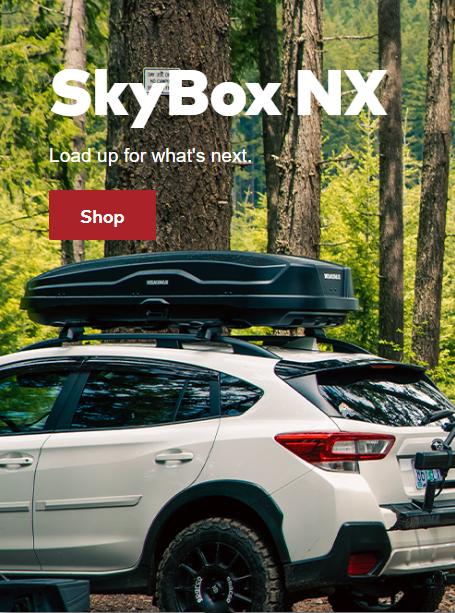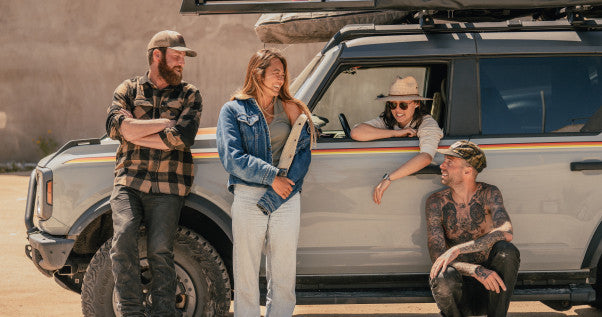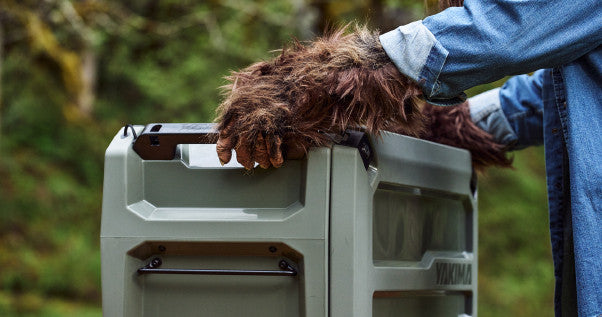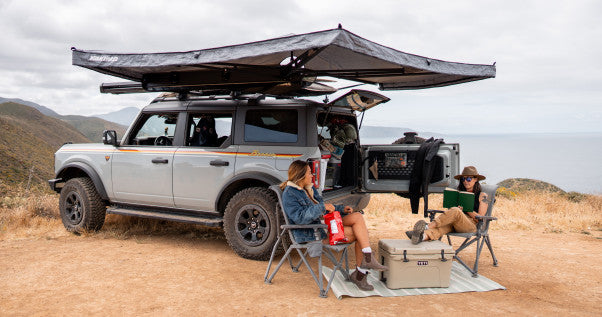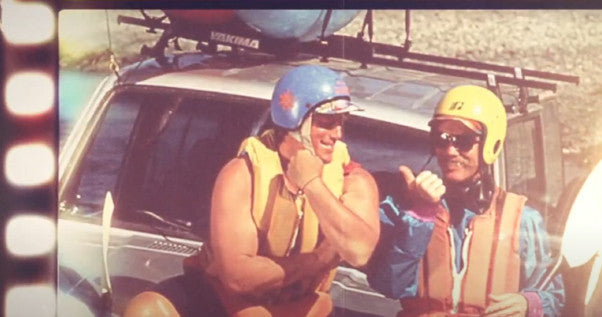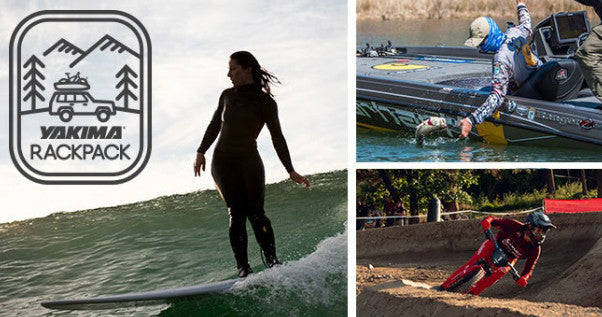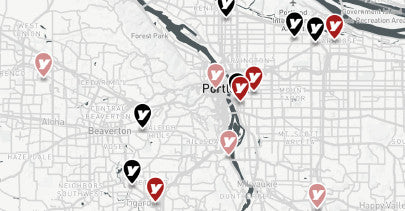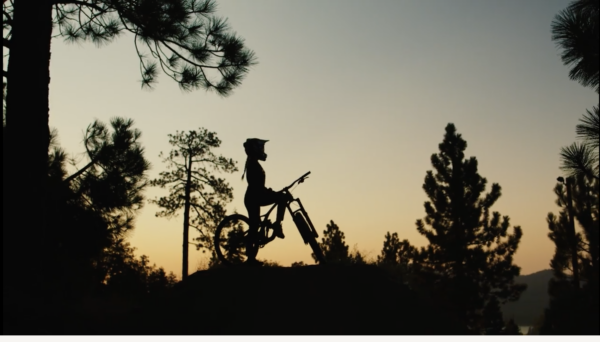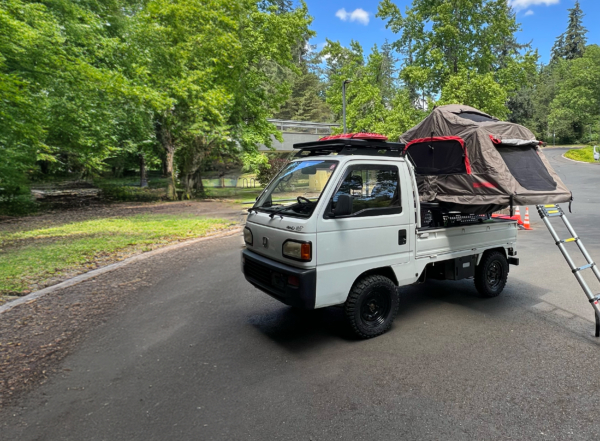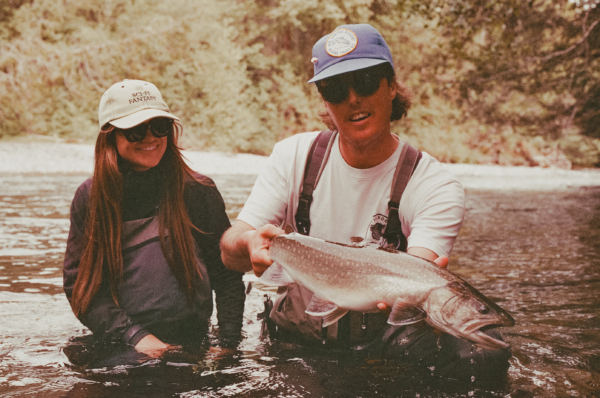Never leave the dogs behind
Tips for Traveling with Your Beloved Best Friends
For the last two years, I have lived in an old van with my husband and our two dogs. From 31-inch snowstorms and 116-degree Moab desert days, to 17-hour drives across international borders and nights attempting sleep in crowded parking lots…my dogs have seen it all when it comes to life on the road. Traveling with dogs is not unlike traveling with small children…it’s a little exhausting, a lot rewarding, and you might end up with poop in your car.
Here are a few of my top tips for traveling and adventuring with your furry friends.
Start Slow.
The first time you went for a run, was it an Iron Man 50k? Probably not. You’d never expect that of yourself…so why should your dog be any different?
The most important thing you can be when planning an activity or trip for your pup is realistic.
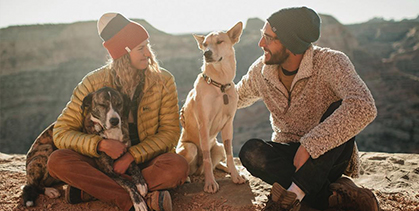
If your dog has never been on a car trip longer than 2 hours, maybe don’t immediately jump in and go for the 12-hour long haul. If your dog has never been in a kayak before, maybe don’t plan their first trip to be a rousing jaunt down some Class 4 rapids.
Know your dog’s skill and comfort level and your own…and then plan to meet somewhere in the middle.
And remember…familiarity reduces fear.
If you’re planning on taking that kayaking trip, start by plopping the boat down in your backyard and simply hanging out in there with your dog with some treats and a cozy blanket. Teach them to sit or lay down and relax in an environment that is still familiar to them. Take it up a notch the next day by finding a nice still-water area to float offshore with them. Slowly introducing a new activity skyrockets your chances for long-term success.
They might not be the gnarliest most Instagram-worthy adventure days, but taking ample time to ensure your dog is comfortable with any new activity will ensure many happy and successful and safe trips ahead.
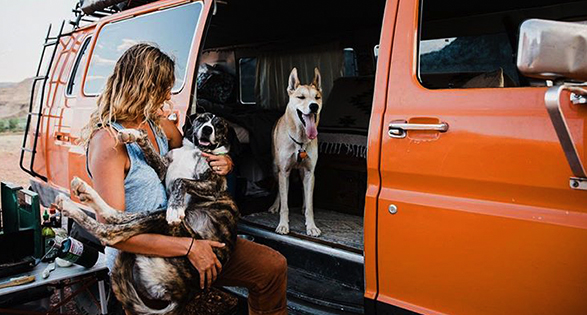
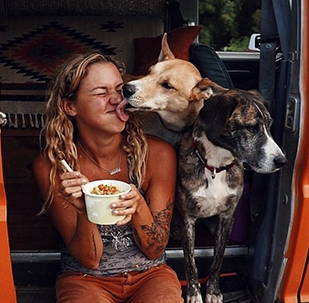
Know Before You go
You dog does not have opposable thumbs and a subscription to Outside Magazine. Or maybe he does, in which case, you have a really cool dog…
But most of our pups cannot look up the leash laws in specific parks or monitor the 5-day forecast. They cannot do the research required to safely accommodate themselves on your travels and that, my friends, means that it is entirely up to you.
If you plan to travel with your dog, your dog should be the centermost focus of your entire trip. That means asking the following questions about every single destination on your list:
- Are dogs allowed in this [national park, state park, national forest, public land etc.]
- If they are allowed, are they required to be on leash?
- If they are allowed off leash, are there certain times of the year or areas that are off limits due to wildlife nesting, migration, rearing etc.?
- Is there any reason my dog would need specific paperwork or proof of vaccinations? (In order to get our dogs across the US/Mexico border, they needed specific paperwork from a veterinarian…this is something you definitely want to know before you go.)
- If dogs are not allowed and the humans would still like to go, what are the options? Are there boarding facilities in the nearest town? Doggy daycare centers? Friends nearby who are willing to watch your pup for an afternoon? A pet-friendly motel they can stay in for a few hours? It is your responsibility to safely accommodate your dog if you decide to do something that they cannot. This can seem daunting at first, but research is your friend. There are always Leaving your dog for hours in a hot car is never one of them.
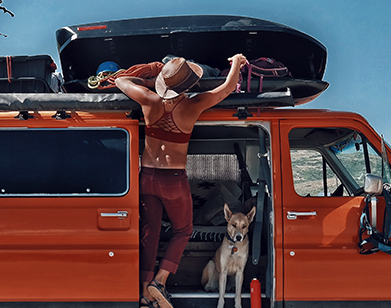
have the right gear
Our van is organized by the backpacks in our Skybox Roof Rack – we have our backpacks full of climbing gear, backpacks full of mountain biking gear, waterproof backpacks for canyoneering or kayaking etc. Within each of those backpacks, we have our dogs’ gear that corresponds with those activities too. Having a simple system like this can make adventuring with your pup feel much more orderly. And there’s nothing worse than being out on a trail and realizing you forgot the poop bags. (-_-)
We like to think of dog gear in 3 main categories:
Staples
These are the items for your dog you should never leave home without. Here’s some of ours:
- Earth-rated compostable, biodegradable poop bags
- Ruffwear collapsible water bowls
- Hydroflasks of icy cold water to fill up those bowls
- Zuke’s Pets Power Bones for energy on the trails
- Dog-specific First Aid Kit by Adventure Medical Kits – small enough to fit in any backpack

Weather-Related
These are the items that are more dependent on the time of year, current weather, and your dog’s own tolerance to the elements.
- Warm coats from Ruffwear for snowy hikes, backcountry ski adventures, or chilly overnight camping trips.
- Dog booties from Ruffwear can help pups with sore or sensitive feet in both cold and hot weather. Dogs paws callous much like human hands and feet, so there’s a chance your dog may not need these if they’ve built up a tolerance to ice and snow or hot sand and rocks. But if you think your pup might like a bit of extra padding, try getting them familiar with some protective booties before you head out by having them walk around the house or yard first. If nothing else, you’ll get some hilarious YouTube footage out of it.
- Cooling Vests are a recent development from the dog-adventure-experts at Ruffwear and are amazing options for those dogs who are prone to overheating (snub-nose, stockier breeds like pit bulls, pugs, and bulldogs are quite prone to this.) Cooling vests can be placed in your freezer, fridge, or even camping cooler and then strapped to your dog to help them moderate their body temperature.
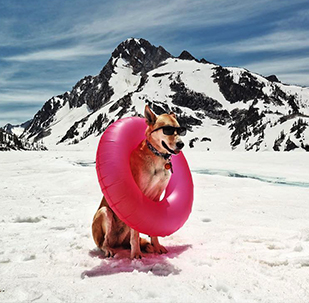
Activity-Based
These items are directly related to whatever activity you plan on doing with your dog and usually correspond directly with the items you are bringing for yourself! Here’s a few of ours:
- Any water-related activity such as kayaking, rafting, sailing, SUPing etc. is one in which your dog should be wearing a life jacket. This actually has very little to do with how good of a swimmer your dog is and everything to do with your ability to safely pull them back into or onto your vessel should they jump off for a little swim. The last thing you want is to be dragging a soaking wet, heavy dog up out of the water by their neck. All good dog life jackets are designed with a handle on the back to safely retrieve your dog from the water. The Ruffwear Float Coats are our favorites.
- We use the Ruffwear Doubleback Rappelling harnesses for the technical canyoneering we do, but even smaller adventures require a good harness. There’s a variety of Ruffwear models to choose from – whether you have a puppy who’s learning good leash manners on the trail, a small pupper who needs an occasional lift over small obstacles etc. There’s a harness that’s right for every activity level and every size.
- Backpacks are great for longer trips where your pup can carry their own water, poop bags, treats, and bowls. It also lightens the number of things you have to cram into your own pack, and that always makes for a good day 😉.
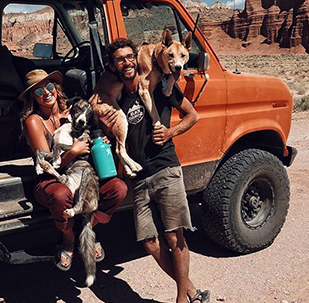

I’ll be discussing some more tips and tricks for safe and happy adventures with your pup at REI Outessa in Tahoe this August! Looking forward to seeing you there!

Brianna Madia is a desert-dweller and storyteller who spends most of her time wiggling through, climbing up, and sleeping under the red sandstone rock of southern Utah. When she’s not writing lengthy Instagram captions, she can be found rock climbing, mountain biking, kayaking, canyoneering and exploring in the big orange van she calls home with her husband and two beloved dogs. Brianna is also a member of Yakima’s team of explorers and adventurers, the Yakima RackPack.

